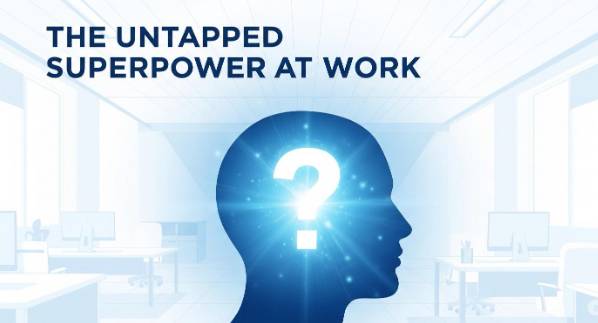The Curiosity Advantage: Your Untapped Superpower in the Workplace
What if the single most powerful tool for advancing your career and navigating complex challenges wasn’t a hard skill, but a mindset? New data suggests it is. That tool is curiosity.
In a business environment that prizes definitive answers and swift action, we often forget the immense power of asking the right questions. We’re conditioned to react, to judge, to have an immediate response. But when we default to reaction, we shut down our greatest asset for innovation, influence, and growth. The moment you lose your curiosity, your ability to truly connect and create vanishes, leaving only assumptions, judgment, and friction.
This isn’t just a soft skill; it’s a critical business imperative. A revealing report from SAS, “Curiosity@Work,” found a clear link between curiosity and high performance, with 72% of managers identifying it as a highly valuable trait in employees. They connect it directly to greater efficiency, stronger collaboration, and more creative solutions.
If the business case is so clear, what holds us back from using this superpower? Often, the barrier isn’t external, but internal. For the staggering 82% of professionals who have experienced imposter syndrome, the biggest barrier is fear.
Imposter syndrome thrives on the belief that you must have all the answers, that not knowing is a sign of weakness that will “expose” you as a fraud. This mindset is the natural enemy of curiosity. But here is the solution: adopting a curious approach is a powerful antidote. When you lead with questions, you reframe your role from being the “expert with all the answers” to being the “investigator with all the insight.” give yourself permission to not know everything, and in doing so, you demonstrate a more profound and authentic form of confidence.
Poll: When faced with a workplace challenge, what is your first instinct?
- A) Find the answer myself, quickly.
- B) Ask questions to understand the situation better.
- C) See how others are handling it.
- D) Worry about not knowing what to do.
Share your answer in the comments and let us know what makes staying curious easy or hard for you!
This sounds great in theory, but how do you apply it when the pressure is on and tensions are high?
The answer lies in a practical framework known as “Tactical Empathy®,” developed by former FBI hostage negotiator Chris Voss. It’s about using curiosity as a precision tool to understand and influence. When you feel yourself defaulting to judgment or a defensive reaction, that’s your cue to activate your curiosity. It’s a shift from asking “How can I win this argument?” to “What is really going on here?”
You can start with simple, open-ended questions:
- “Help me understand what we’re trying to achieve.”
- “It seems like you have concerns about X. Could you walk me through that?”
You don’t need to agree with what you hear. You just need to understand. This isn’t surrender—it’s control. When you ask questions instead of making statements, something remarkable happens. Defensiveness fades, both in others and in yourself, and the focus shifts from conflict to collaboration. Suddenly, you’re not fighting them; you’re decoding the puzzle with them.
The fascinating part is what happens in your brain when you make this shift. By consciously asking questions, you engage your prefrontal cortex—the center of rational thought—and stimulate the brain’s reward circuits. This process releases dopamine, making the act of discovery feel motivating and rewarding. You are literally rewiring your brain to see challenges as interesting puzzles rather than as threats.
So the next time you face a challenge, resist the urge to have the immediate answer. Stop.Ask.
And watch as a world of insight and advantage opens up.
What’s one way you can commit to being more curious at work this week? Share your pledge in the comments below.
#Y&Z #CuriosityAdvantage #Leadership #Innovation #ImposterSyndrome

